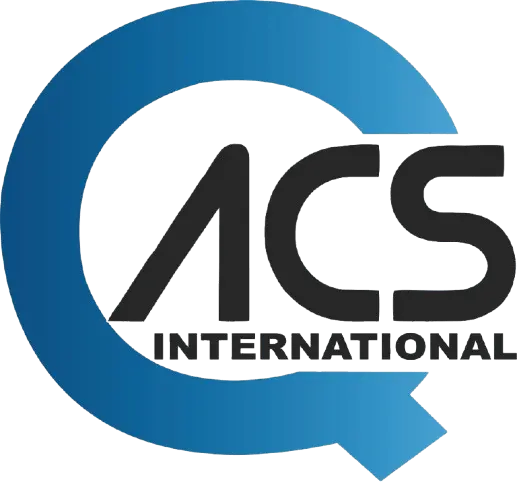What is ISO 14001 certification?
14001 certification isn’t just a fancy label, it’s the global standard for running an Environmental Management System that actually works. It pushes companies to spot, handle, and cut down their environmental impact, all while staying on the right side of the law. When a business earns this certification, it’s not just paperwork; it’s proof they take sustainability, pollution prevention, and smart resource use seriously.
This isn’t just for giant corporations or a single industry. Any company, big or small, can go for 14001 if they want a real system for improving their environmental performance. Getting certified means setting clear goals, getting everyone on board through training, tracking progress, and always looking for ways to do better. It also does wonders for your reputation. Customers and partners notice when a company is genuinely committed to eco-friendly business.
Take India, for example. Companies there that get 14001 certified see less waste, use energy more wisely, and find it easier to keep up with both local and global environmental rules. In the end, this isn’t just about ticking boxes, it’s about building a business that’s ready for the future, with less risk and a real shot at making things better for the planet.
ISO 14001 certification price
Figuring out the price for ISO 14001 certification is a big deal if you want your business to set up a solid Environmental Management System. This certification shows you’re serious about shrinking your environmental impact and following global sustainability rules. The price? It depends on things like your company’s size, what industry you’re in, how complex your operations are, and how many locations you need to be audited all play a part.
At QACS, we keep things simple and transparent. We customize our certification solutions to fit what your business actually needs. From sorting out the paperwork and rolling out changes to handling internal audits, our team makes sure the whole process runs smoothly. Think of the certification price as more than just another business expense; it’s an investment in your company’s reputation and long-term sustainability.
We don’t believe in one-size-fits-all pricing. Instead, we look at your specific situation to give you a fair and accurate quote. The best way to get a clear idea of the cost? Reach out to QACS. Our experts will give you a personalized quote and walk you through every step, so you can feel confident and stay on budget as you work toward ISO 14001 compliance.
ISO 14001 Certification Process and Steps
The ISO 14001 certification process provides a structured framework for organizations to establish, implement, and maintain an effective Environmental Management System (EMS). Below are the key steps involved:
Documentation
Gap Analysis
Internal Audit
Initial Consultation
Management Review
Implementation
External Audit
Certification
The ISO 14001 certification process enhances sustainability, efficiency, and global recognition.
For detailed guidance and pricing, please contact QACS — your trusted certification partner.
Advantages of ISO 14001 Certification in India
Enhanced Environmental Performance – Obtaining ISO 14001 Certification in India helps organizations reduce waste, conserve resources, and minimize their environmental footprint effectively.
Legal and Regulatory Compliance – The certification ensures that your business adheres to all national and international environmental laws, avoiding penalties and improving sustainability.
Improved Corporate Image – With ISO 14001 Certification in India, companies can showcase their commitment to eco-friendly practices, strengthening brand credibility and public trust.
Operational Efficiency – Implementation of structured environmental systems leads to reduced operational costs, better waste management, and optimized energy use.
Competitive Advantage – Businesses holding ISO 14001 Certification in India gain an edge in both domestic and global markets, as many clients prefer working with certified companies.
Employee Awareness and Engagement – The certification encourages employees to participate in green initiatives and take accountability for sustainable operations.
Long-Term Business Growth
By integrating environmental responsibility into daily practices, ISO 14001 Certification in India supports long-term profitability and global recognition.

